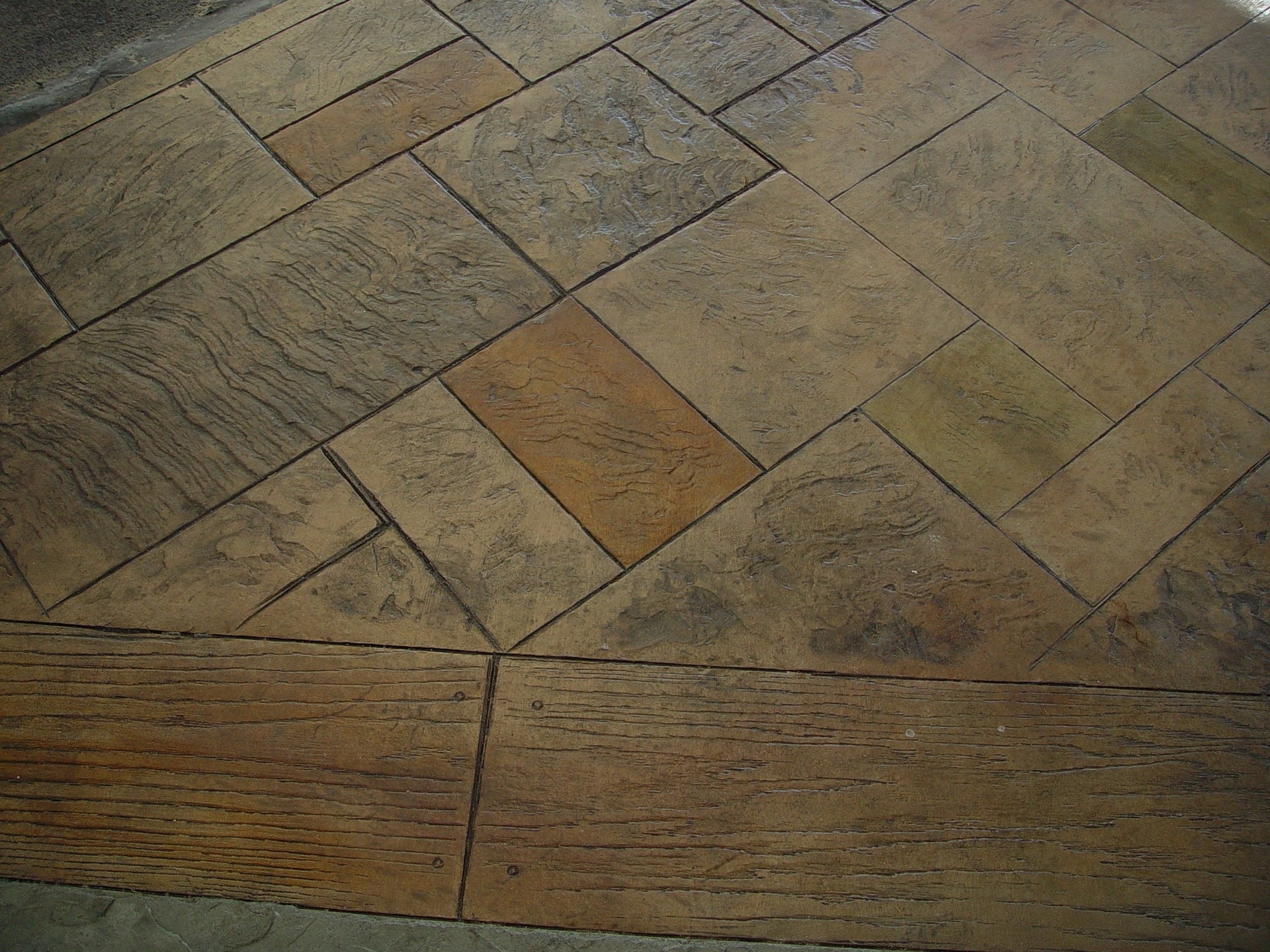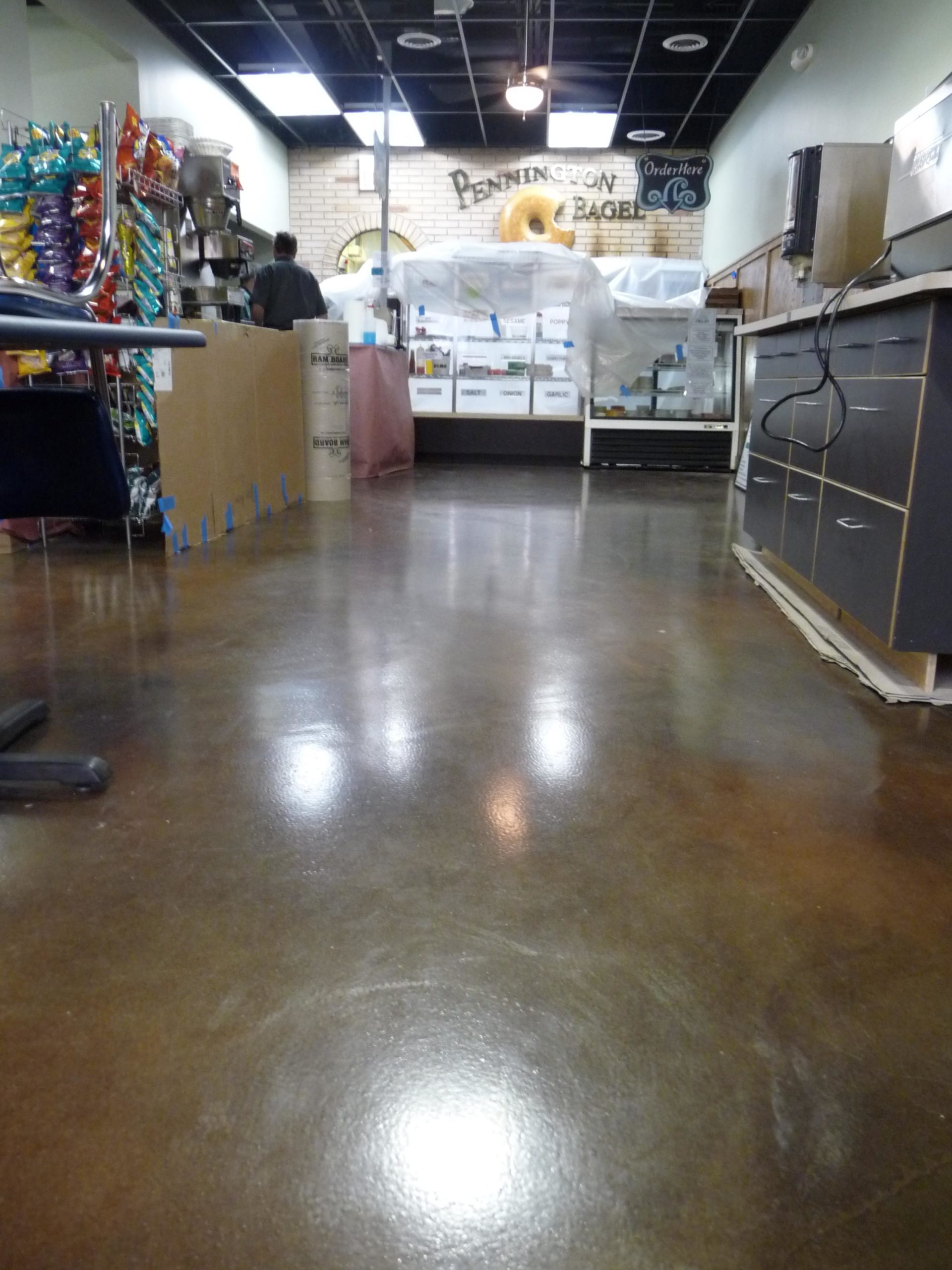Transform Your Space with the Best Stained Concrete Austin Professionals
Transform Your Space with the Best Stained Concrete Austin Professionals
Blog Article
Why Local Tarnished Flooring Is the Perfect Choice for Sustainable Home Improvement
In the realm of lasting home enhancement, regional discolored floor covering has arised as a prominent selection among ecologically mindful house owners. The special mix of visual allure, resilience, and environmental advantages it supplies can not be ignored. By making use of in your area sourced wood, it fosters a favorable environmental impact, and the discoloration process boosts durability while reducing dangerous chemical use. As an affordable investment with decreased maintenance needs, it elevates a thought-provoking concern: could this be the suitable option for sustainable housing?
Understanding the Idea of Regional Tainted Floor Covering
While the notion might appear novel to some, local stained flooring is a cutting-edge strategy to home renovation that incorporates aesthetics, longevity, and sustainability. The discoloration process not only boosts the natural charm of the wood grain but additionally adds a layer of security, boosting the longevity of the floor covering. Using local wood species commonly sustains local economic situations and promotes accountable woodland administration practices.
The Looks of Local Tarnished Flooring
Why is neighborhood tarnished flooring obtaining popularity for its looks? The response lies in the distinct charm and character it brings to any area. Neighborhood discolored floor covering offers a varied series of patterns and colors, mirroring the natural beauty and variations of the neighborhood timber types utilized. This develops an unique, tailored visual that can not be duplicated by mass-produced choices. In addition, the staining process improves the wood's innate grain and structure, adding depth and splendor to the floor's appearance. This rustic elegance seamlessly mixes with numerous interior decoration styles, from traditional to modern, making it a versatile choice for home owners. Ultimately, the allure of neighborhood tarnished floor covering depends on its ability to change homes right into distinct, visually appealing rooms while advertising sustainability.
Environmental Impacts of Local Tainted Floor Covering
The environmental effects of regional tarnished flooring encompass 2 substantial variables: lowering carbon footprint and waste reduction benefits. Using locally sourced products for tarnishing not just decreases transport exhausts, yet also advertises sustainable forestry techniques. In addition, the waste minimization element enters into play as these flooring types frequently have a longer lifespan, lowering the frequent requirement for substitutes and the waste connected with it.
Reducing Carbon Impact
As property owners transform to more lasting alternatives, local stained floor covering emerges as a feasible remedy to lower carbon impact. The procedure of tarnishing the floor covering, rather than using artificial coatings, includes less chemicals and much less energy-intensive treatments. Deciding for neighborhood stained flooring shows an effective measure in promoting ecological sustainability, highlighting a tangible means house owners can contribute to combating environment adjustment from the convenience of their very own homes. Stained Concrete.
Waste Minimization Advantages
Although typically neglected, waste reduction is an additional significant benefit of regional tarnished floor covering. By choosing this alternative, home owners assist decrease the mass of waste headed to land fills. This floor covering type, usually sourced from local wood, can be restored, refinished, and reused, contributing to its durability. Unlike artificial flooring, it doesn't add to the development of non-biodegradable waste. In addition, the discoloration process utilizes less resources and produces less waste contrasted to manufacturing new floor covering materials. Moreover, any waste produced during the discoloration process is eco-friendly and normally organic, mitigating ecological injury. Therefore, the choice of neighborhood discolored flooring not just enhances homes yet additionally underpins a dedication to sustainable living and waste decrease.
The Resilience and Maintenance of Neighborhood Tarnished Floor Covering

The Cost-Effectiveness of Local Tarnished Flooring
While local stained floor covering might at first appear more pricey than other choices such as carpeting or laminate, its longevity and sturdiness promptly turn it into a cost-efficient choice. The in advance expense is commonly countered by the decrease in maintenance costs over time. Unlike carpetings that require routine deep cleansing or laminate that may need replacement after a few years, stained floors are developed to last, lowering the need for costly repair services or substitute. Regional sourcing of products reduces transport expenses, adding to both financial cost savings and a reduced carbon impact. For home owners looking for a lasting, economical option for their floor covering requires, local stained floor covering arises as an exceptional, long-term financial investment that repays gradually.

Reality Examples of Sustainable Homes With Local Tainted Floor Covering
In the world of lasting home enhancement, regional tarnished flooring has actually become a preferred alternative. To even more highlight its advantages, several the real world instances of eco-friendly homes that have actually effectively incorporated this flooring strategy will be highlighted. These study give concrete evidence of the benefits and effect of making use of neighborhood discolored flooring in sustainable homes.

Display: Eco-Friendly Flooring Homes
Scanning the globe, one can discover many homes that symbolize the principle of green living through the use of neighborhood stained flooring. Throughout oceans in click reference copyright, a modern-day abode showcases its rich, maple-stained floor covering, a testament to the abundant local wood supply (Residential Stained Concrete Floors). These homes not only display the visual convenience of regional stained floor covering but likewise its payment to a much more lasting lifestyle.
Neighborhood Discolored Floor Covering Advantages
The undeniable allure of local stained flooring expands past its aesthetic charm, as it likewise provides considerable benefits to both homeowners and the setting. Another instance is a green-certified home in Austin, Texas, where locally sourced walnut was discolored and used for floor covering, contributing to the home's LEED accreditation.
Verdict
Finally, local discolored flooring is a viable and lasting option for home renovation. This option sustains regional economic climates, reduces ecological effect, and enhances home visual appeals. Its longevity makes certain longevity, lowering maintenance prices in the future. With its special mix of environmental, aesthetic and cost-effective advantages, local tarnished floor covering is a clear option for homeowners seeking a lasting, cost-efficient and visually enticing home improvement remedy. check my reference
In the world of lasting home improvement, neighborhood stained floor covering has actually emerged as a preferred choice among environmentally conscious home owners. Regional discolored flooring offers a diverse variety of colors and patterns, reflecting the natural beauty and variations of the local wood species used. The option of regional tarnished floor covering not just improves homes but additionally underpins a commitment to sustainable living and waste decrease.
For house owners seeking a sustainable, cost-effective option for their floor covering needs, neighborhood tarnished floor covering emerges as a superior, lasting financial investment that pays off over time. Commercial Stained Concrete Floors.
With its special blend of environmental, visual and affordable benefits, neighborhood discolored flooring is a clear option for homeowners looking for a lasting, economical and aesthetically attractive home enhancement service.
Report this page